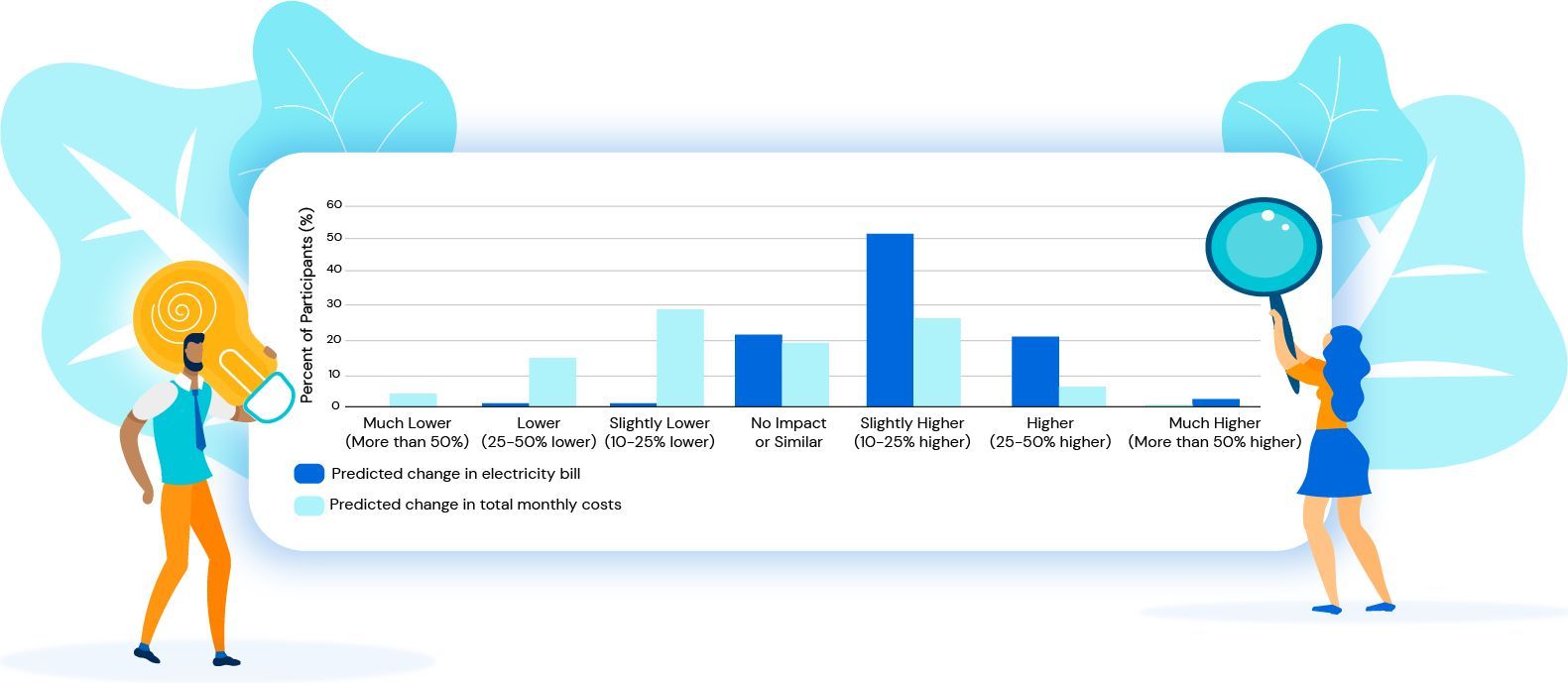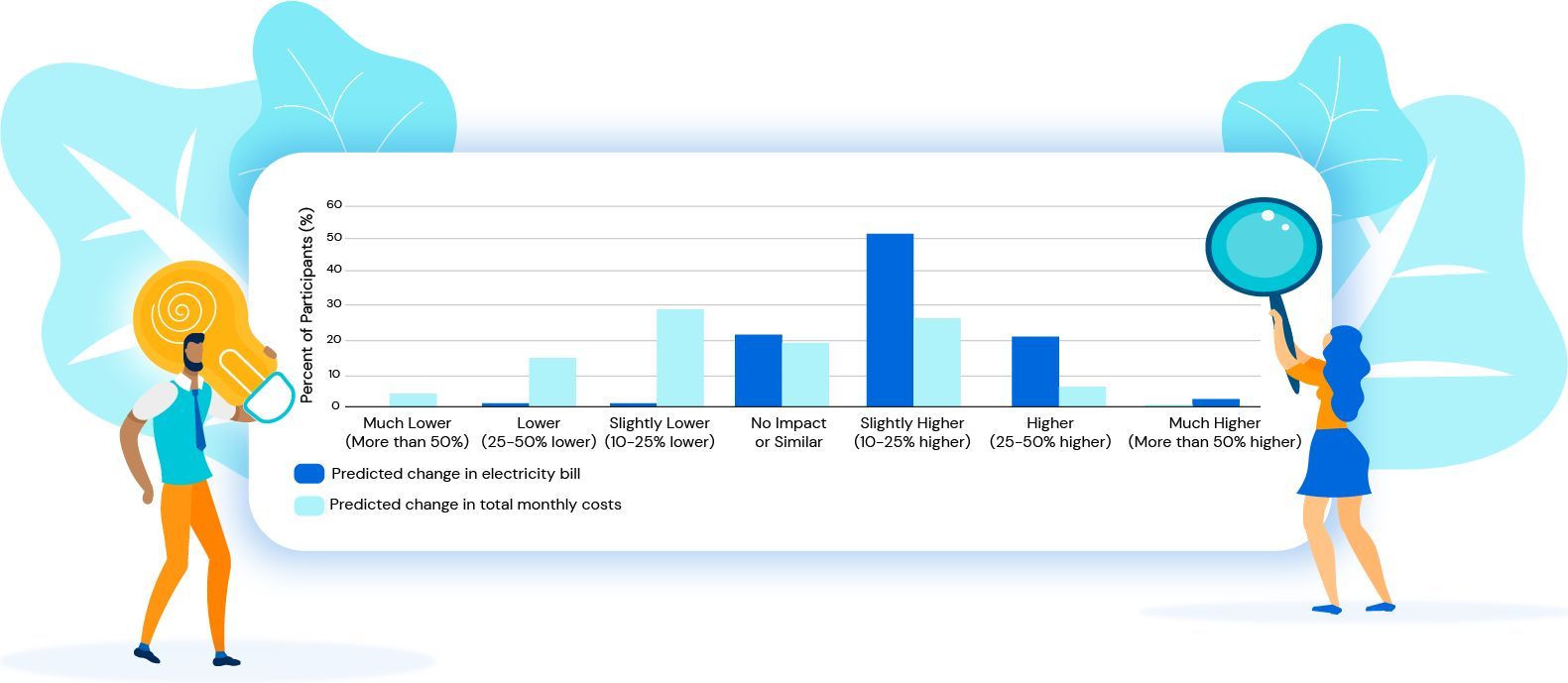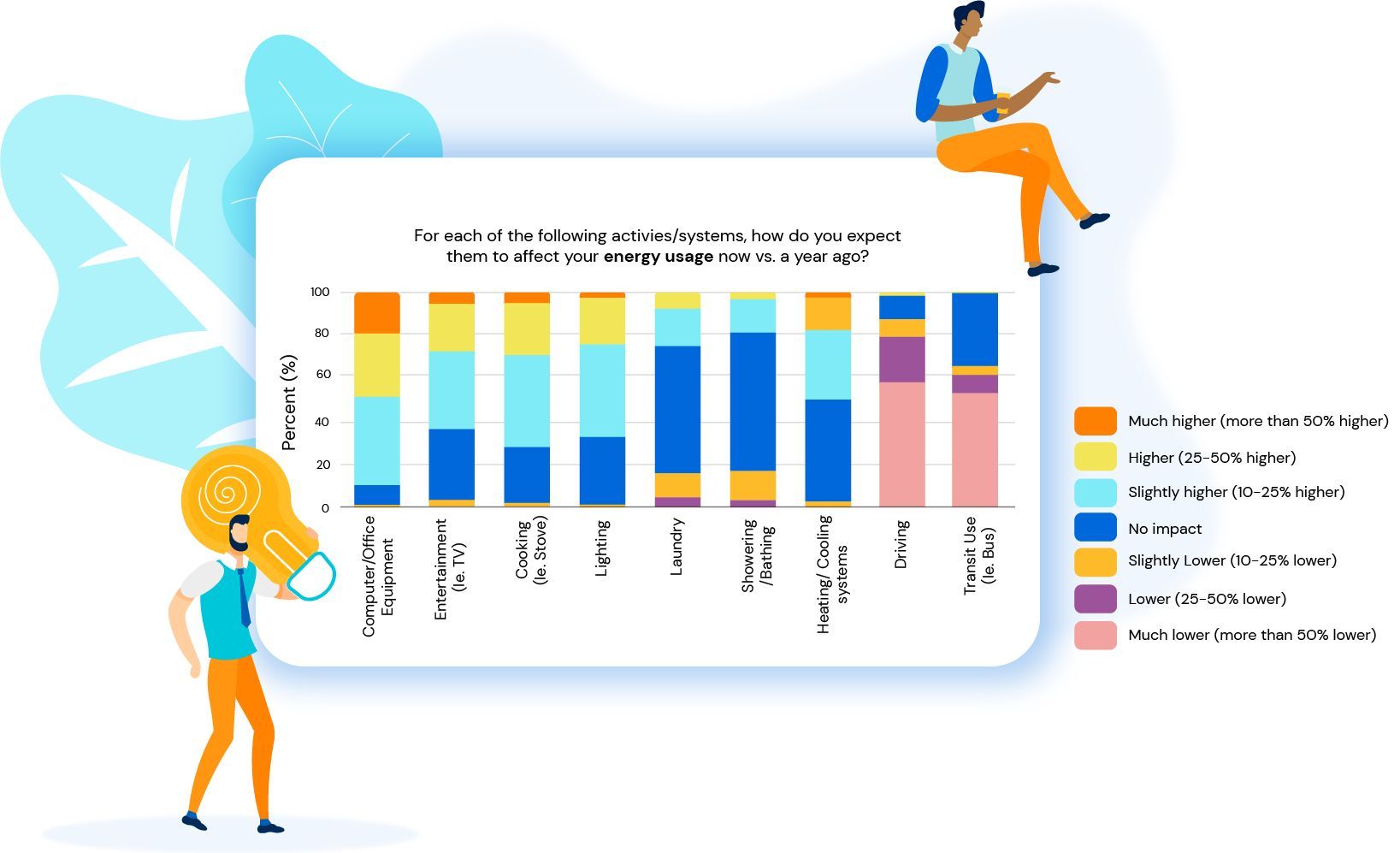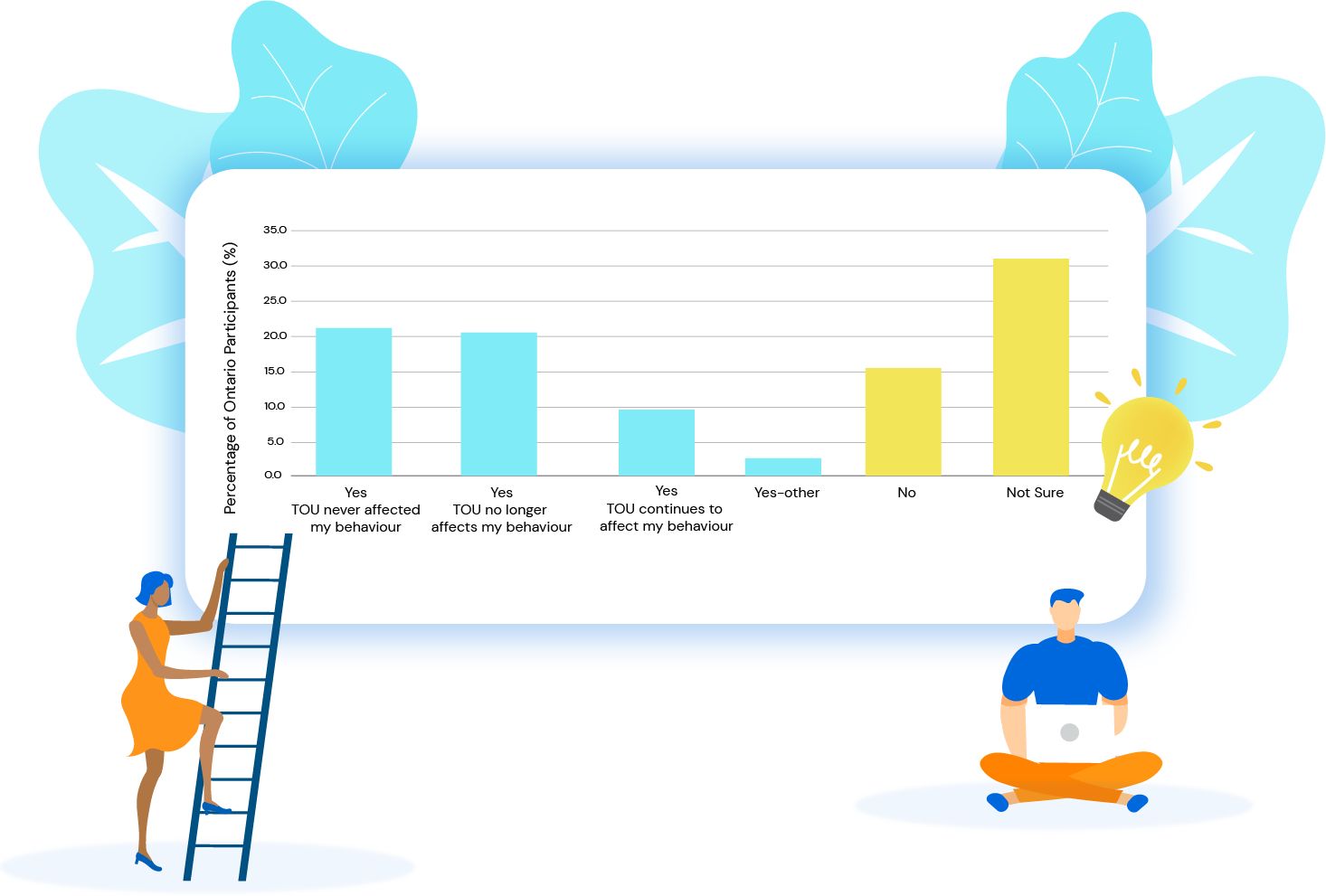Energy Impact of Working from Home during COVID-19 Lockdown
The COVID-19 pandemic’s lockdown has caused lifestyle changes globally.

By: Hannah Villeneuve, Research Assistant, Department of Civil and Environmental Engineering, Carleton University
The COVID-19 pandemic’s lockdown has caused lifestyle changes globally. Many have transitioned overnight to work remotely and spend a lot more time at home to follow #stayhome protocols and advice. In Ontario, there has been a 14% increase consumption in electricity consumption in homes between 11 a.m. and 7 p.m. Meanwhile, an estimate of 80% of the commercial sector has reduced electrical use.
The Department of Civil and Environmental Engineering from Carleton University conducted a survey about teleworking and energy-use during the COVID-19 pandemic in May 2020, on 297 survey participants. The results helped to better understand energy-related attitudes, behaviours, and activities affecting residential energy consumption. Results could guide policies on teleworking and inform electricity pricing or conservation programs.
Overall Impact of COVID-19 on Energy Use at Home
Most survey participants believed their monthly electricity bills would go up by 10-25%.

53% of participants believe that teleworking saves them energy. Compared to one year ago (May 2019), participants reported that they used 10-25% more energy on computer/office equipment, entertainment, cooking, and lighting. It doesn’t come as a surprise that use of energy on transportation, such as driving and transit, decreased by more than 50%.

Effect of Time-of-Use Electricity Pricing Suspension on Ontarians
Most places charge flat or tiered electricity rates for residential customers, but Ontario has time-of-use (TOU) electricity pricing for residential customers, where rates are higher during the day when demand for electricity is higher. Because the survey was international, there was a handful of participants outside Ontario that may have had TOU pricing. However, most responses were from Ontario, where Ontario actually suspended the TOU electricity pricing to charge the lowest “off-peak” rate of 10.1 c/kWh between March 24thto May 31st, 2020. This is meant to reduce average price paid for electricity for 4.7 million residential ratepayers by an estimate of $34 and 400,000 commercial ratepayers by an estimate of $98 between the pay period, while accounting for increased usage due to the containment measures. However, when we asked survey participants if their electricity provider started charging a flat rate during COVID-19, rather than TOU pricing, only 54% of Ontario participants responded "yes."

Of the Ontarians who answered “yes”, 39% said that TOU never affected their behaviour. Due to lockdown measures of COVID-19, 38% of participants reported they previously tried avoiding energy use during the day, but after TOU suspension, they no longer tried to avoid using electricity during the day. Meanwhile, 18% of electricity users continued to try to avoid using electricity during the day.
Energy Bill Prices as a Result of Working from Home
According to University of Toronto researchers, COVID-19 may have begun a new era of work and working from home could become the “new normal”.
People are spending the bulk of their day on their computers, in meetings on Zoom and using internet or energy bills for work more than ever before. We asked whether participants thought employers should cover bills relating to energy use, such as energy bills, internet or phone bills. Most participants responded that employers should “probably not” and/or “maybe” pay part or all of their energy bills. Meanwhile, most participants responded that employers should “maybe” or “probably” pay for internet and/or cellphone bills.
The Future of Remote Work
Based on this teleworking experience, 67% of participants wanted to continue working from home more often than before. While it’s unlikely that levels of work-from-home will stay as high as they are now once COVID-19 is over, this could be a glimpse into the future of working and raises questions about which work-from-home expenses employers or employees should cover and how the energy sector will be affected if people continue working from home.

